
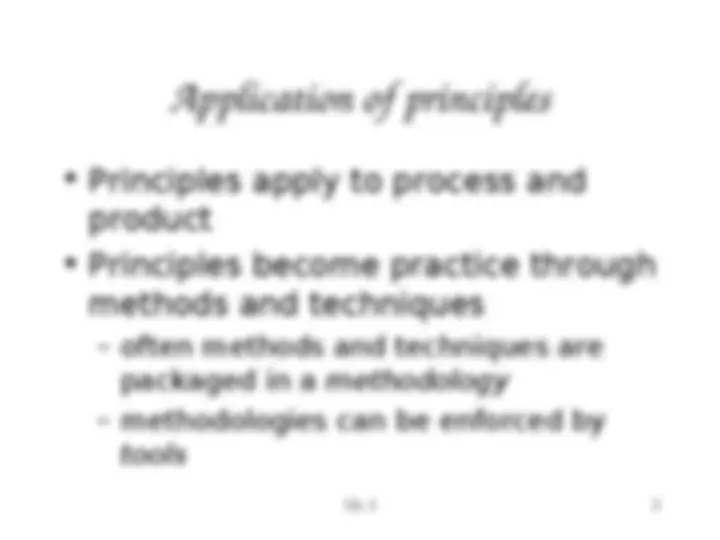
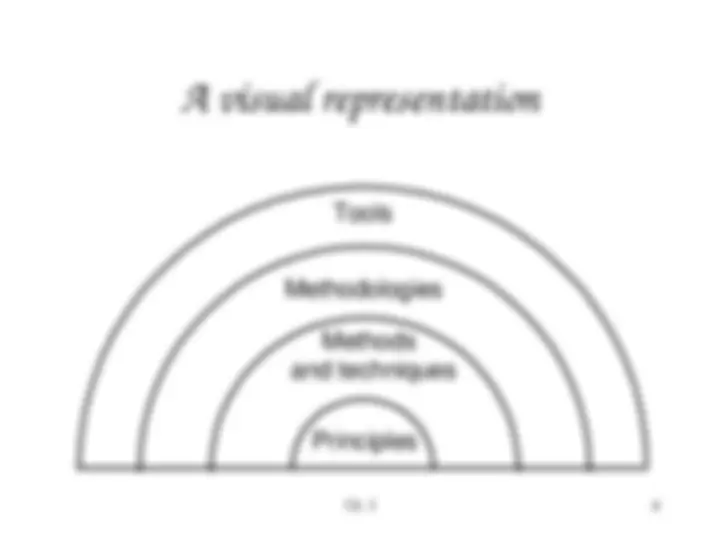
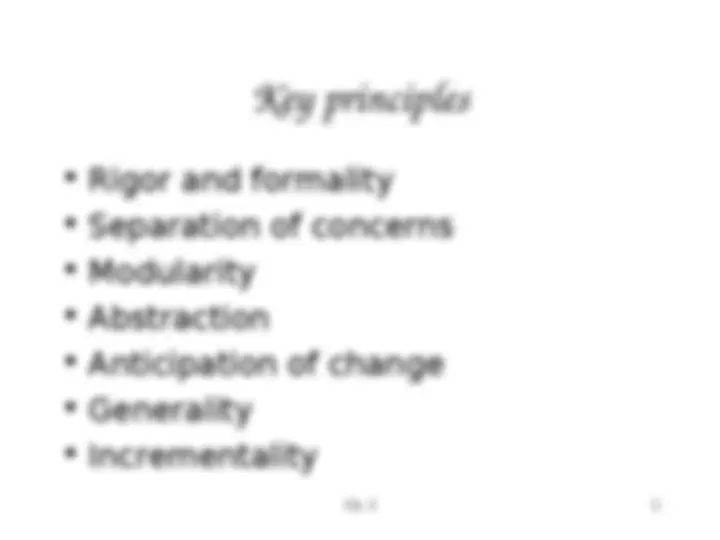
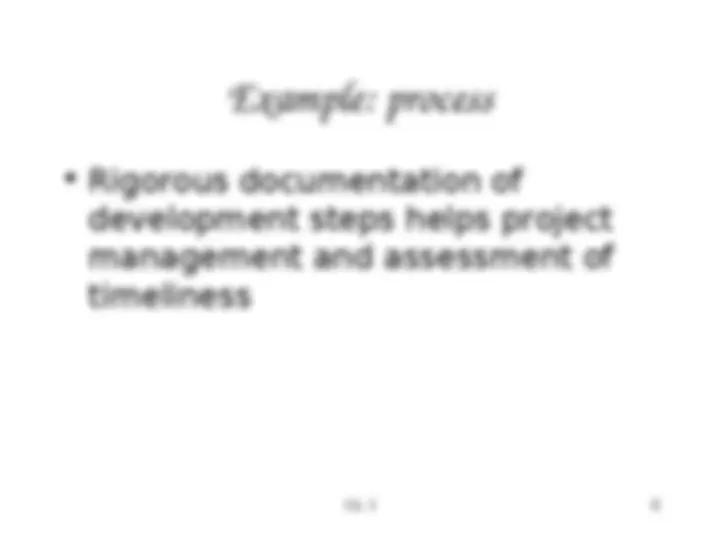
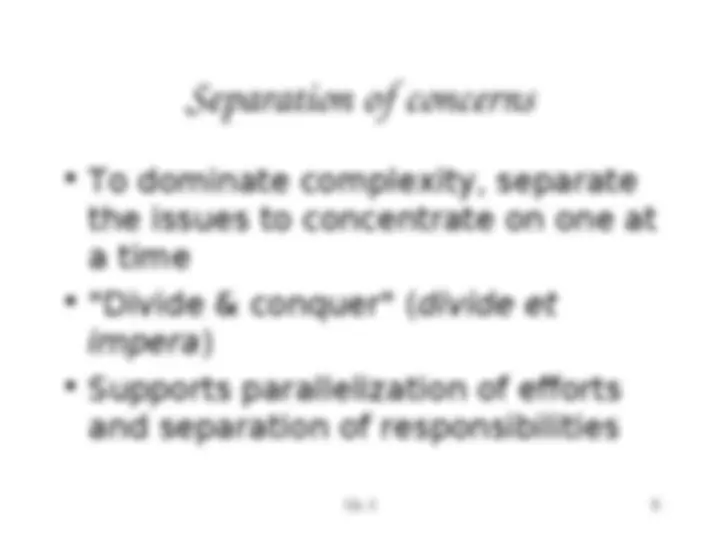
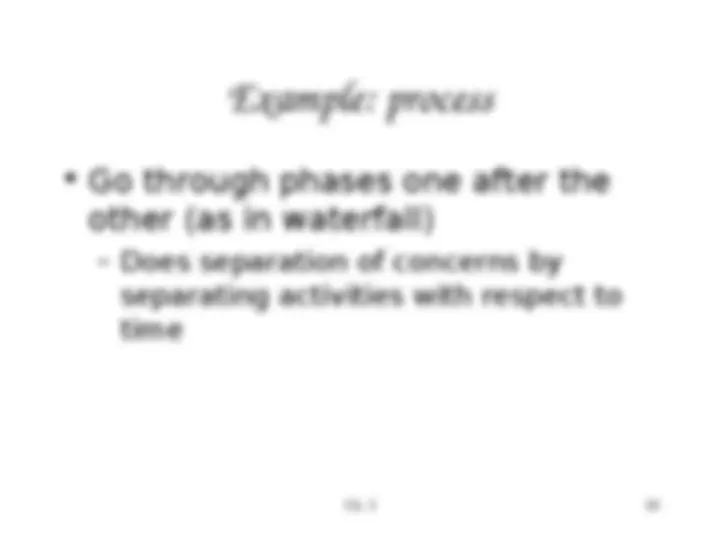
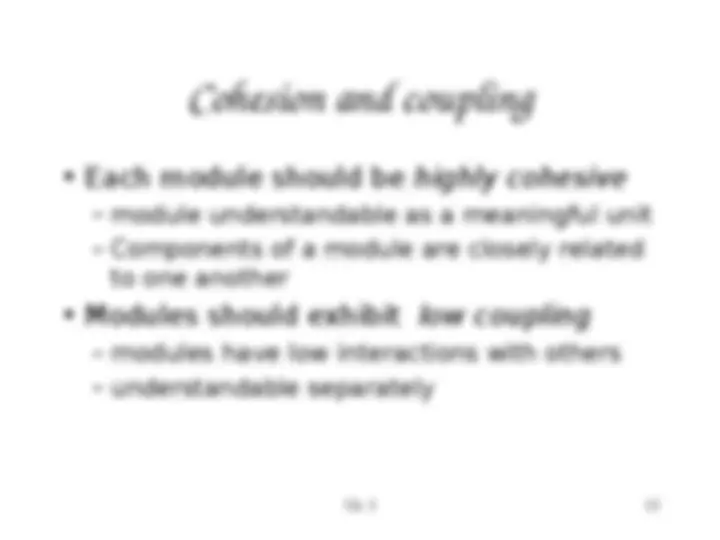
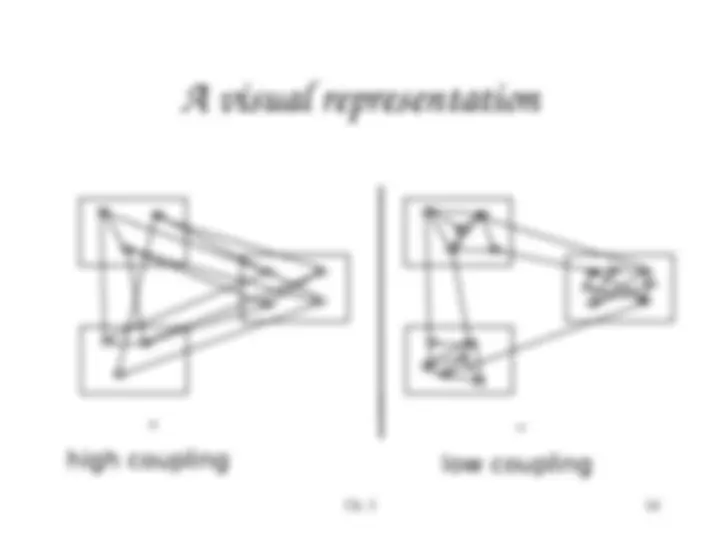
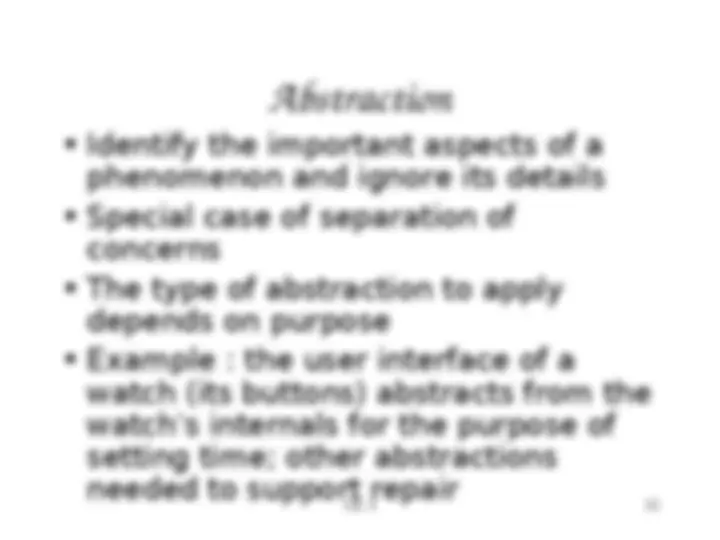
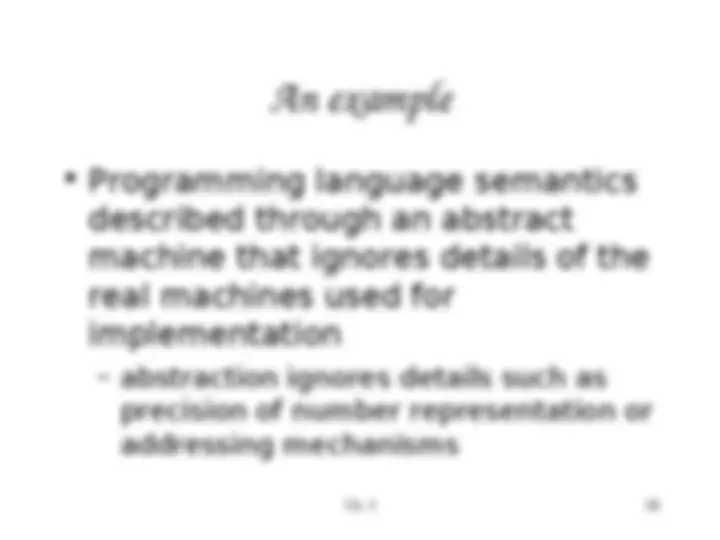
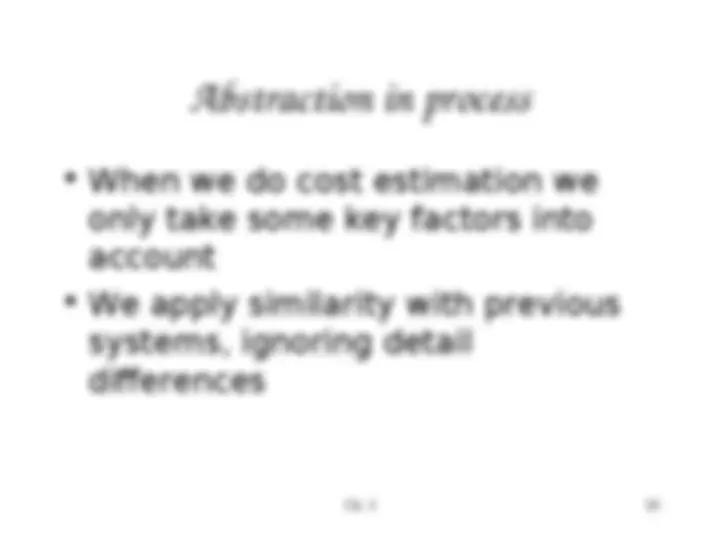

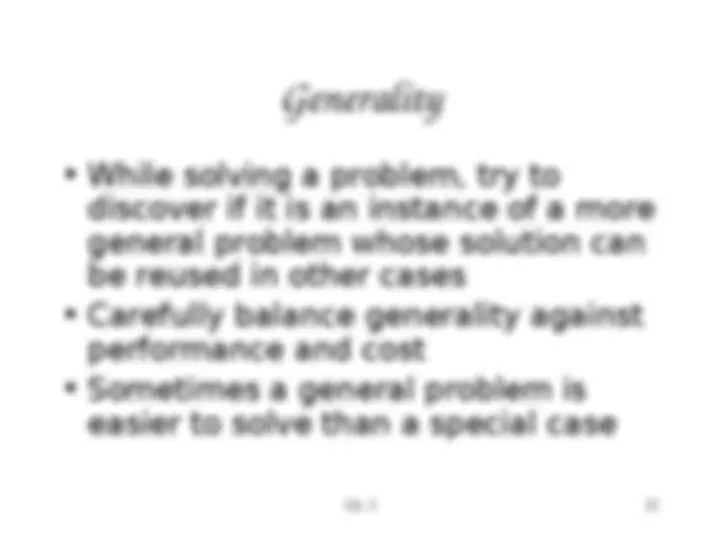
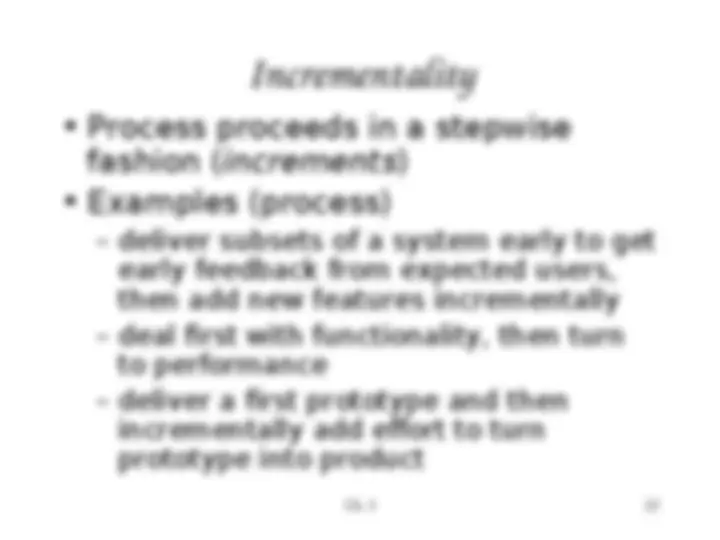
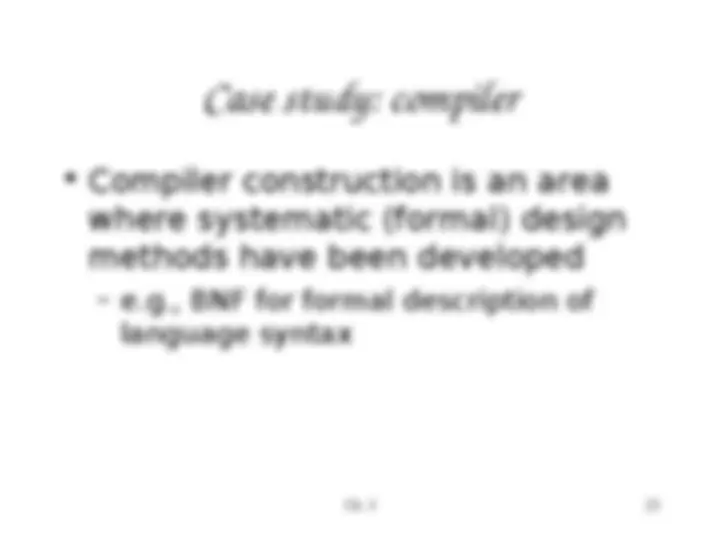
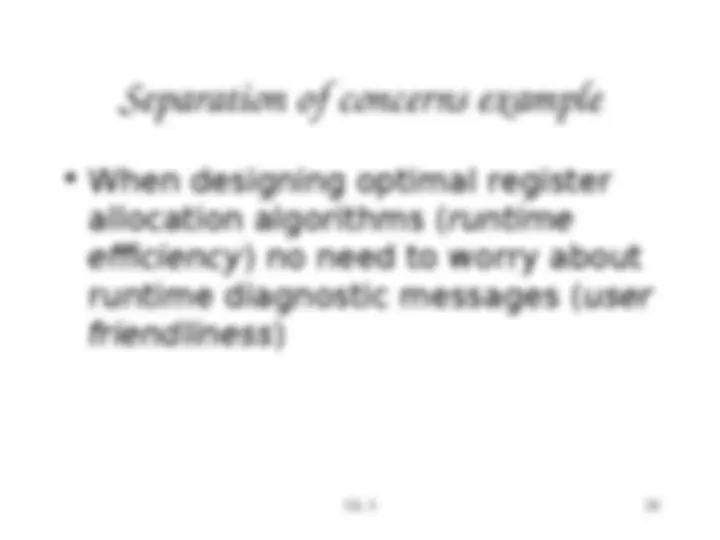
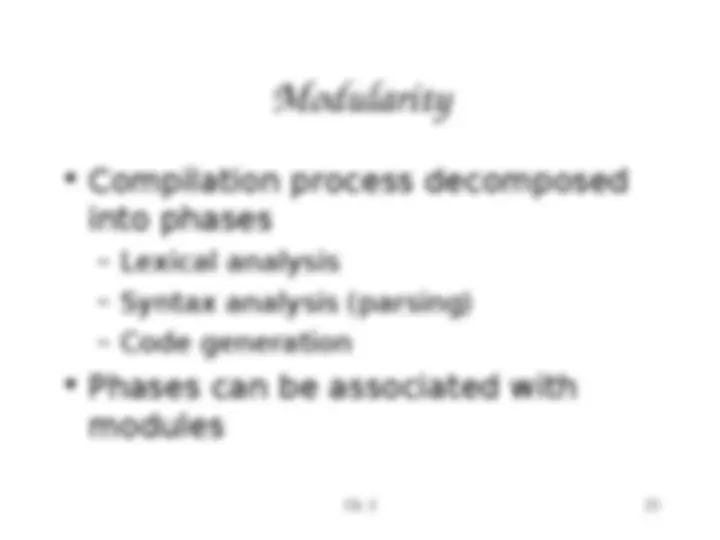
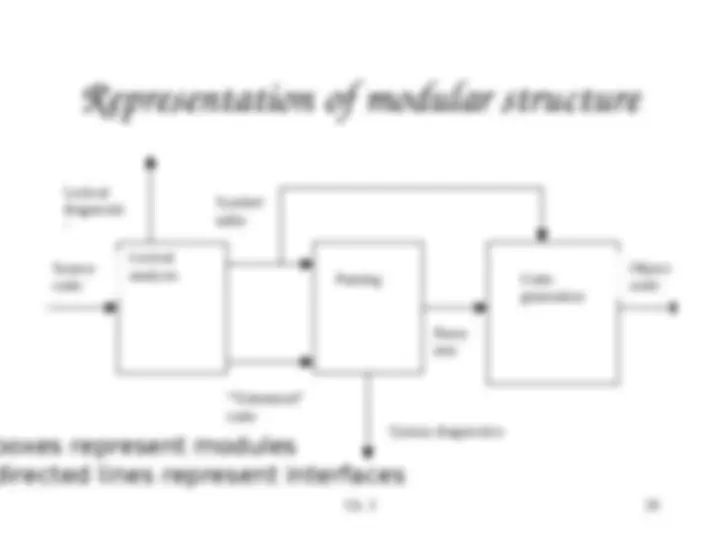
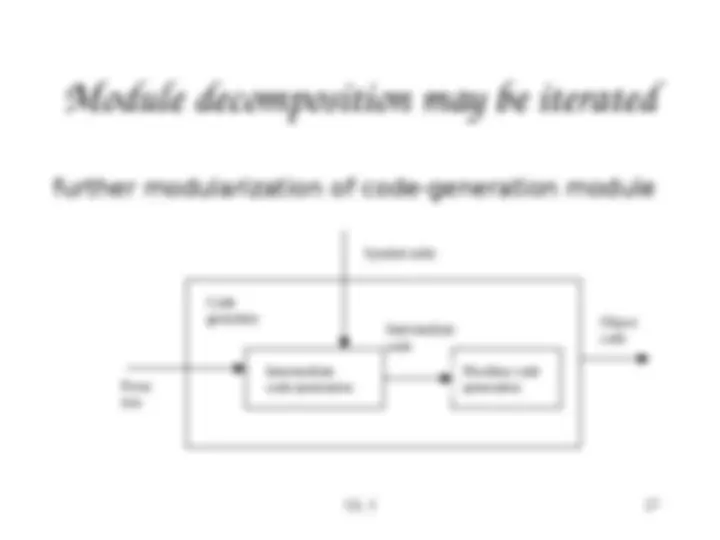
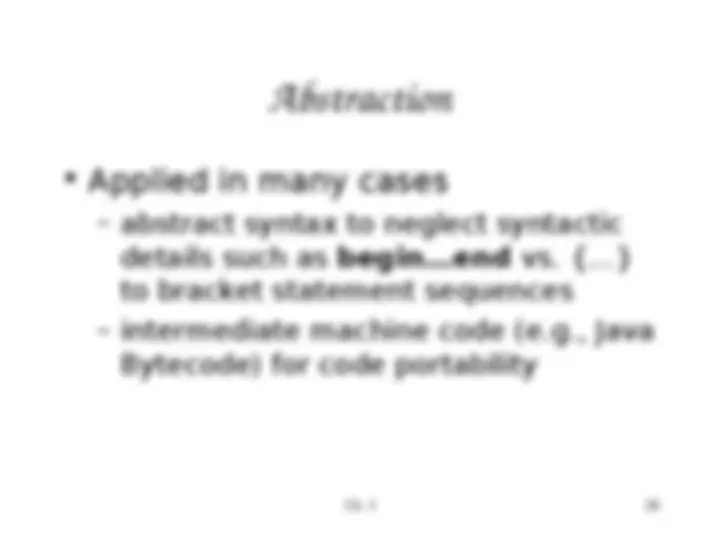
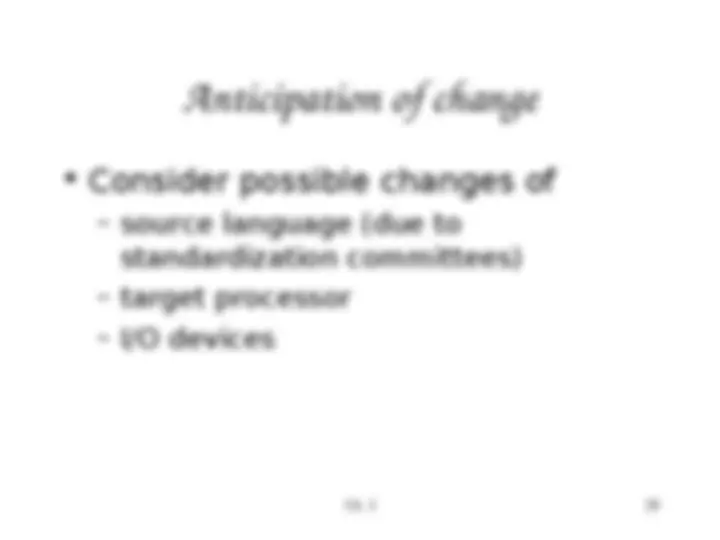
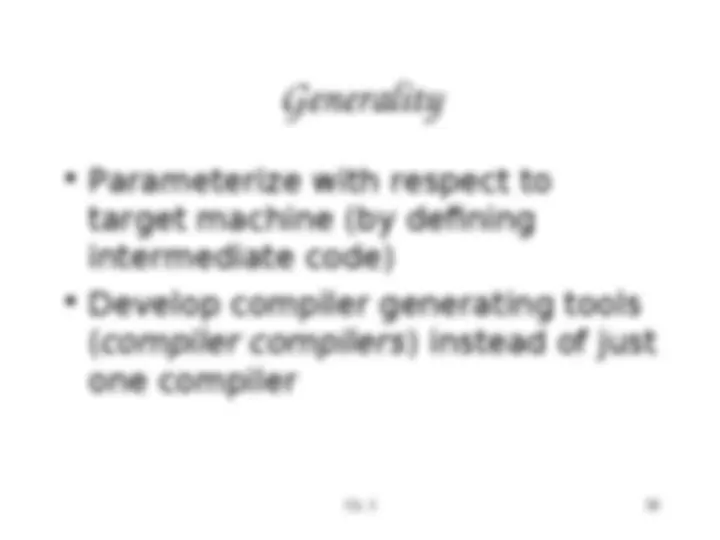
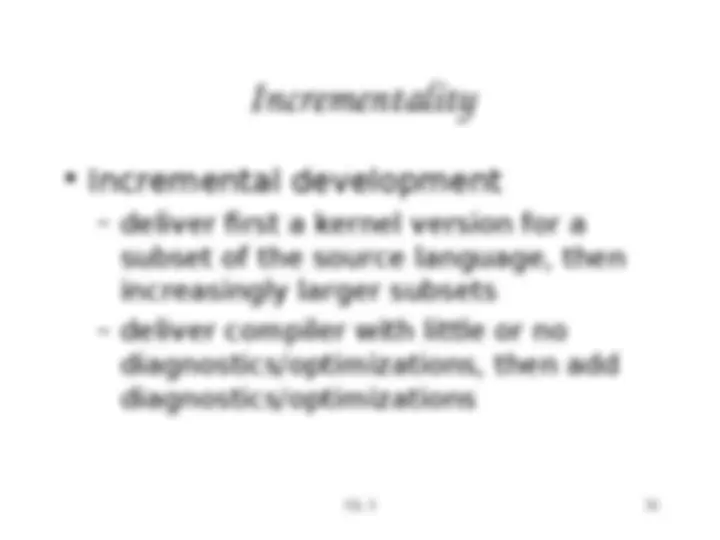
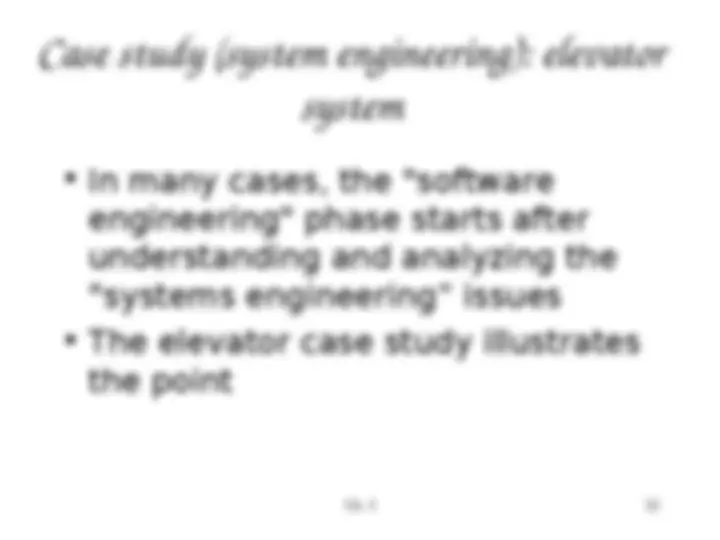
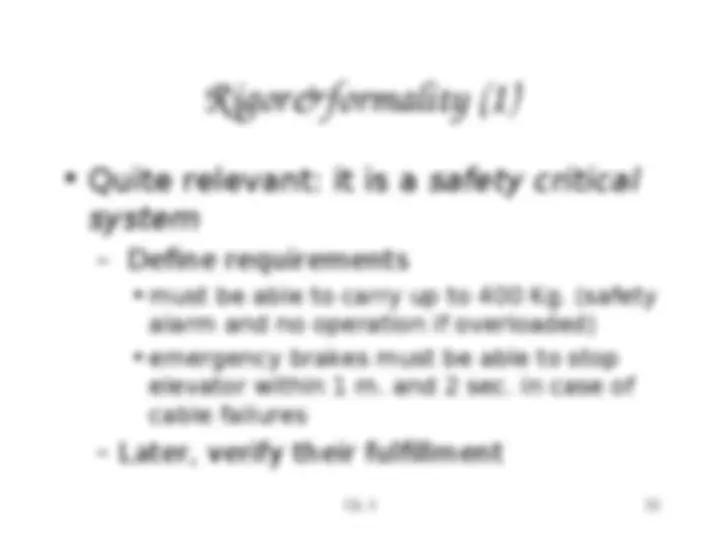
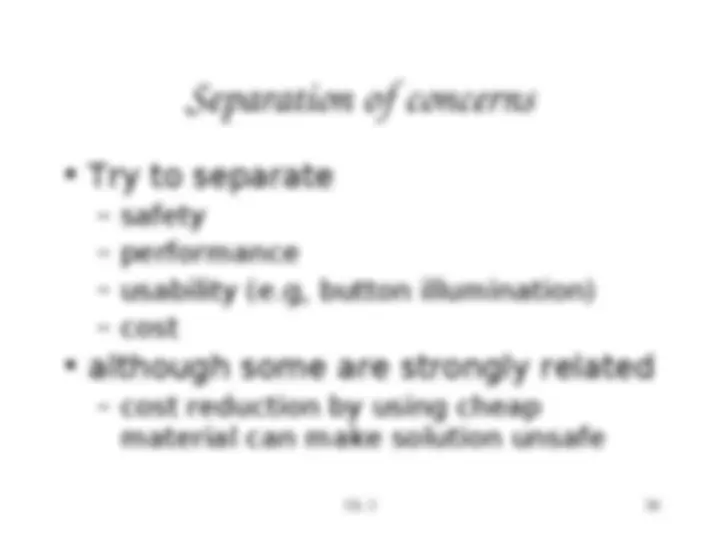
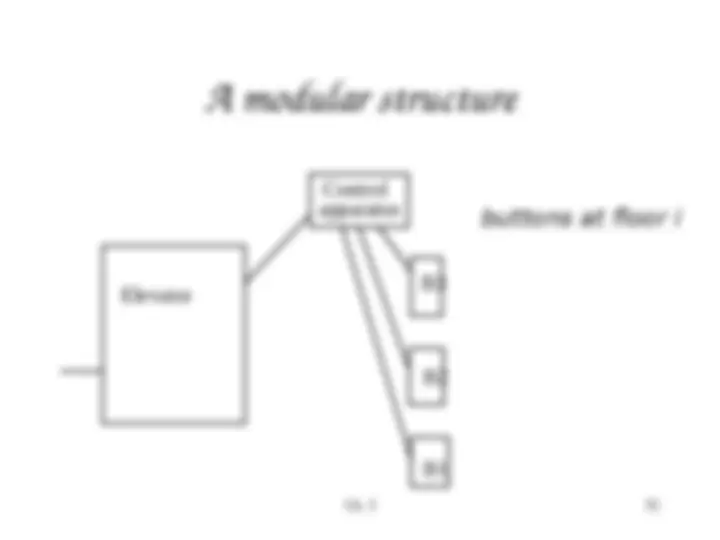
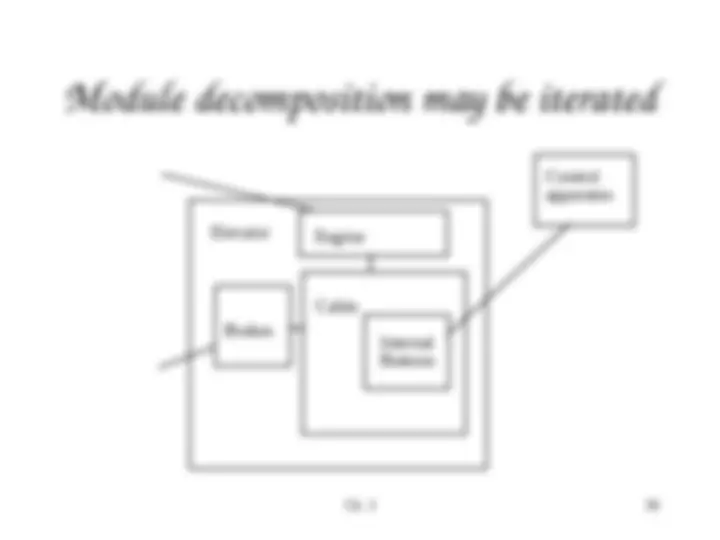
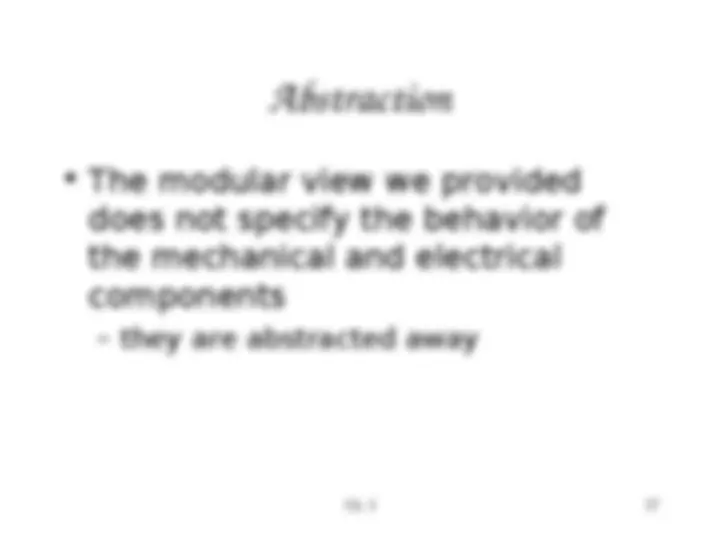
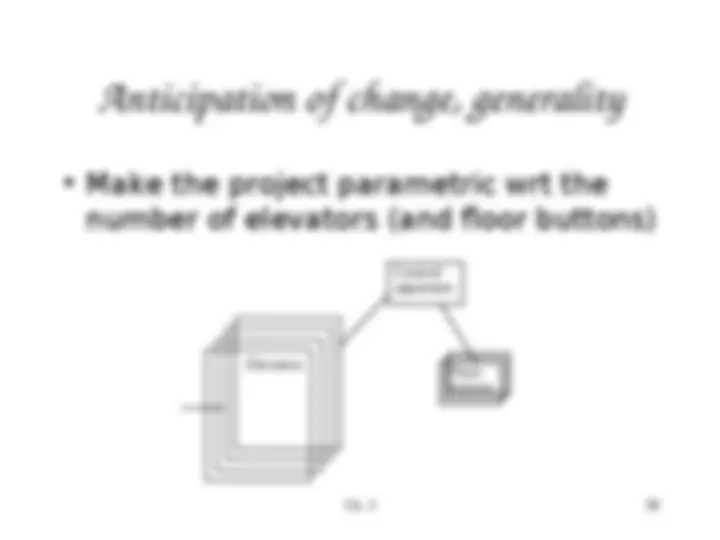


Study with the several resources on Docsity

Earn points by helping other students or get them with a premium plan


Prepare for your exams
Study with the several resources on Docsity

Earn points to download
Earn points by helping other students or get them with a premium plan
Community
Ask the community for help and clear up your study doubts
Discover the best universities in your country according to Docsity users
Free resources
Download our free guides on studying techniques, anxiety management strategies, and thesis advice from Docsity tutors
sw project management process begins with project planning objective of sw project planning - to provide a framework for manager to make reasonable estimates of resources, costs and schedules Pri
Typology: Study notes
1 / 38

This page cannot be seen from the preview
Don't miss anything!































Principles Methodologies Principles Methods and techniques Methodologies Tools
(a) (^) (b) high coupling (^) low coupling